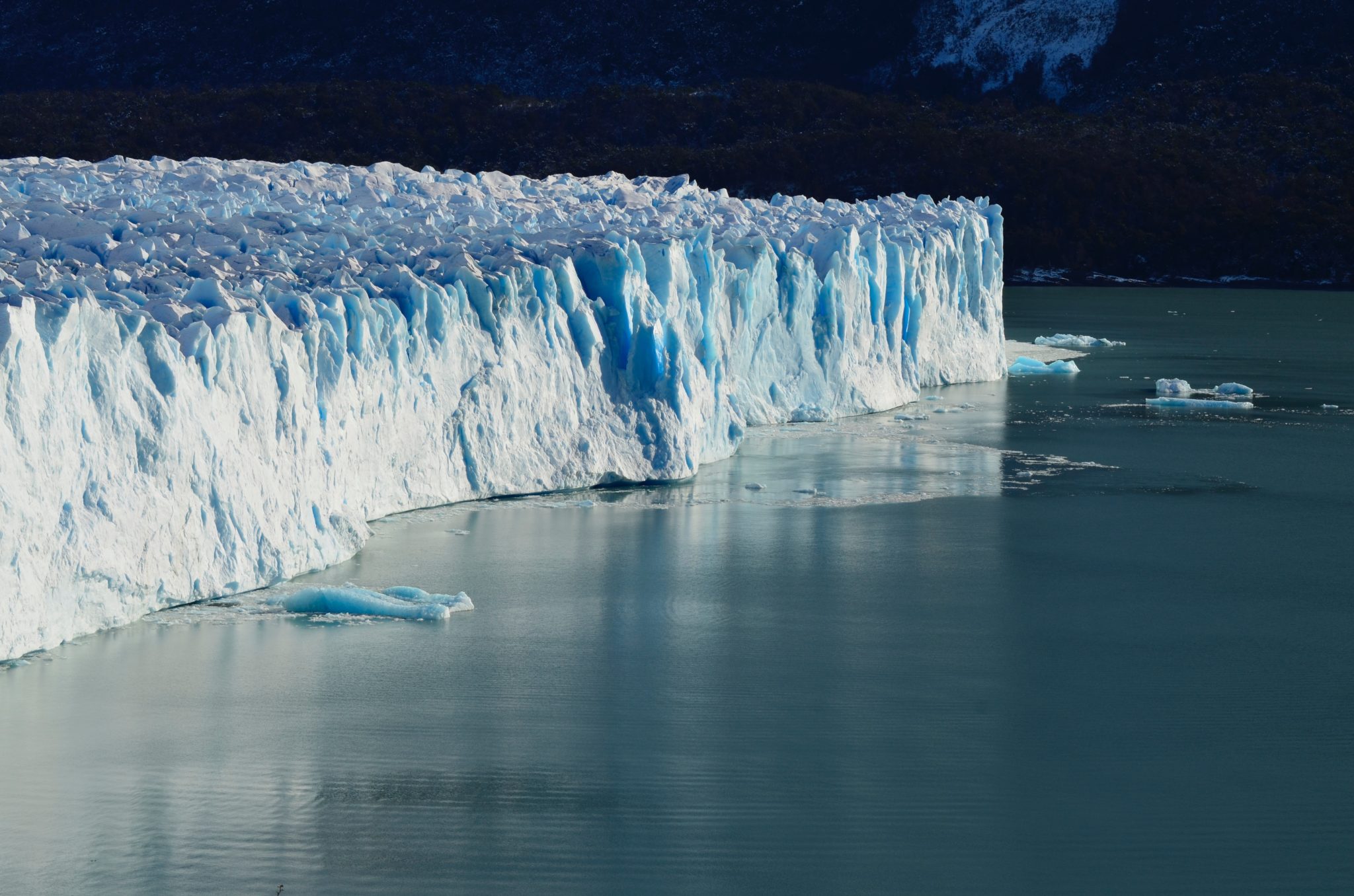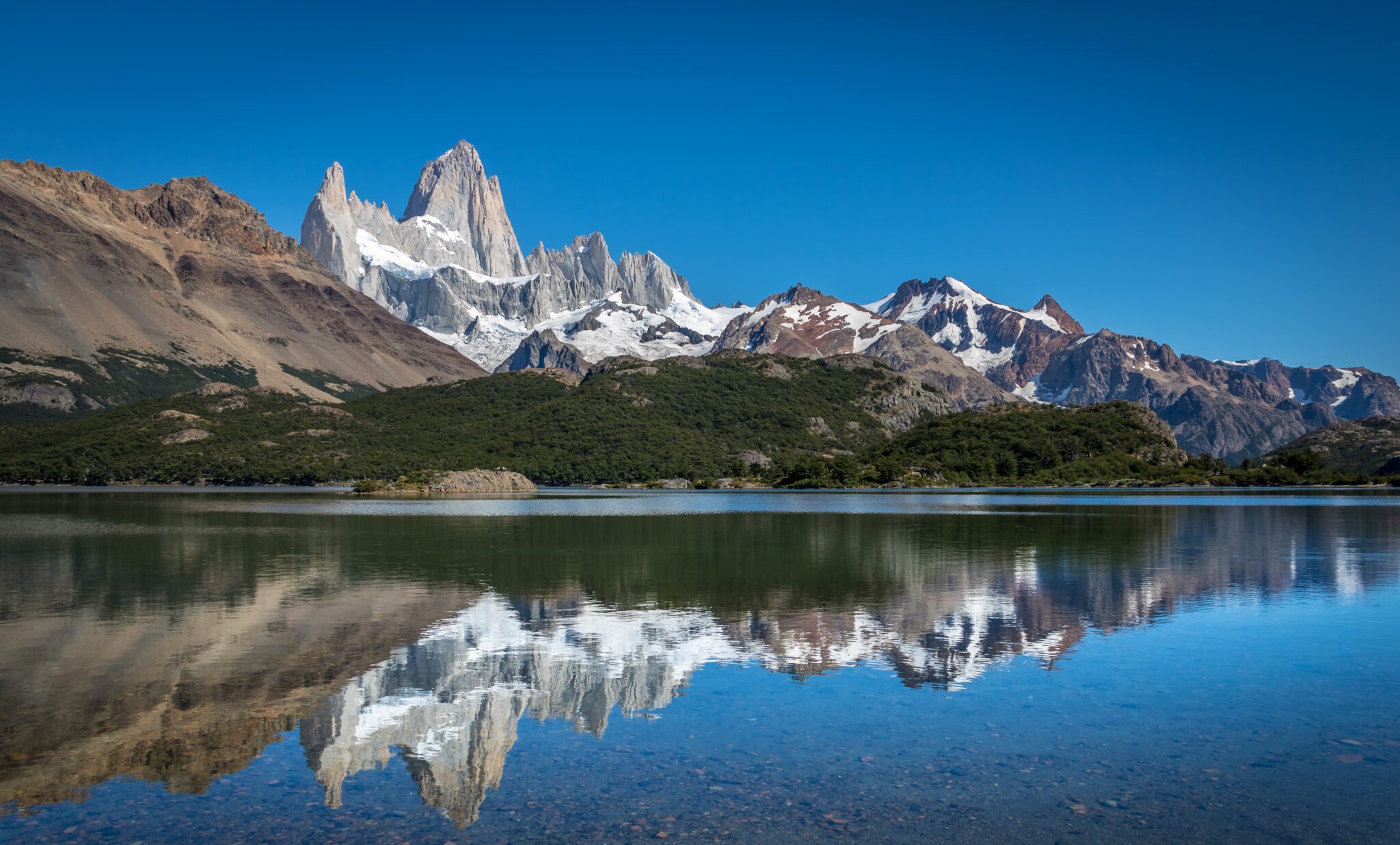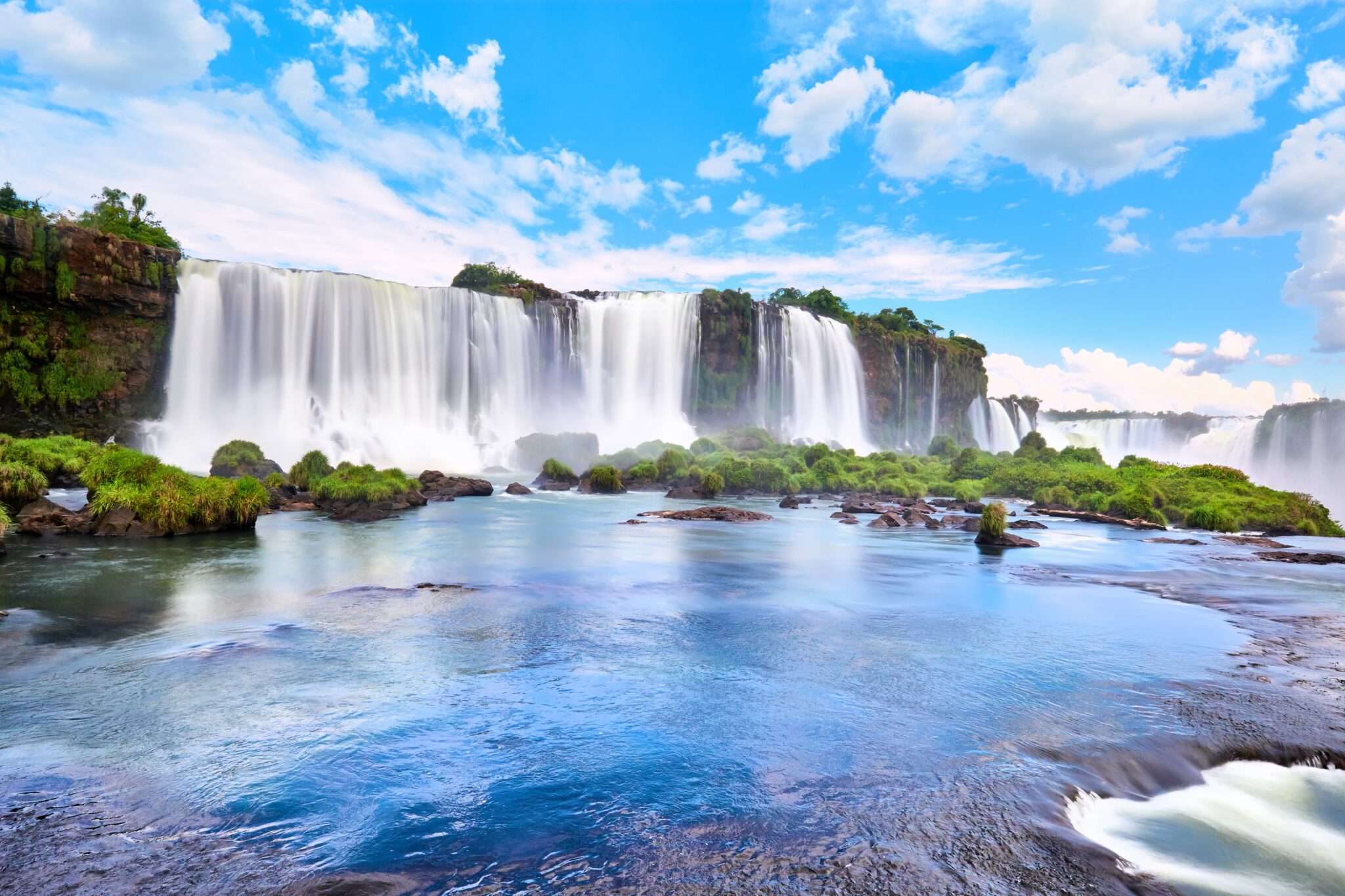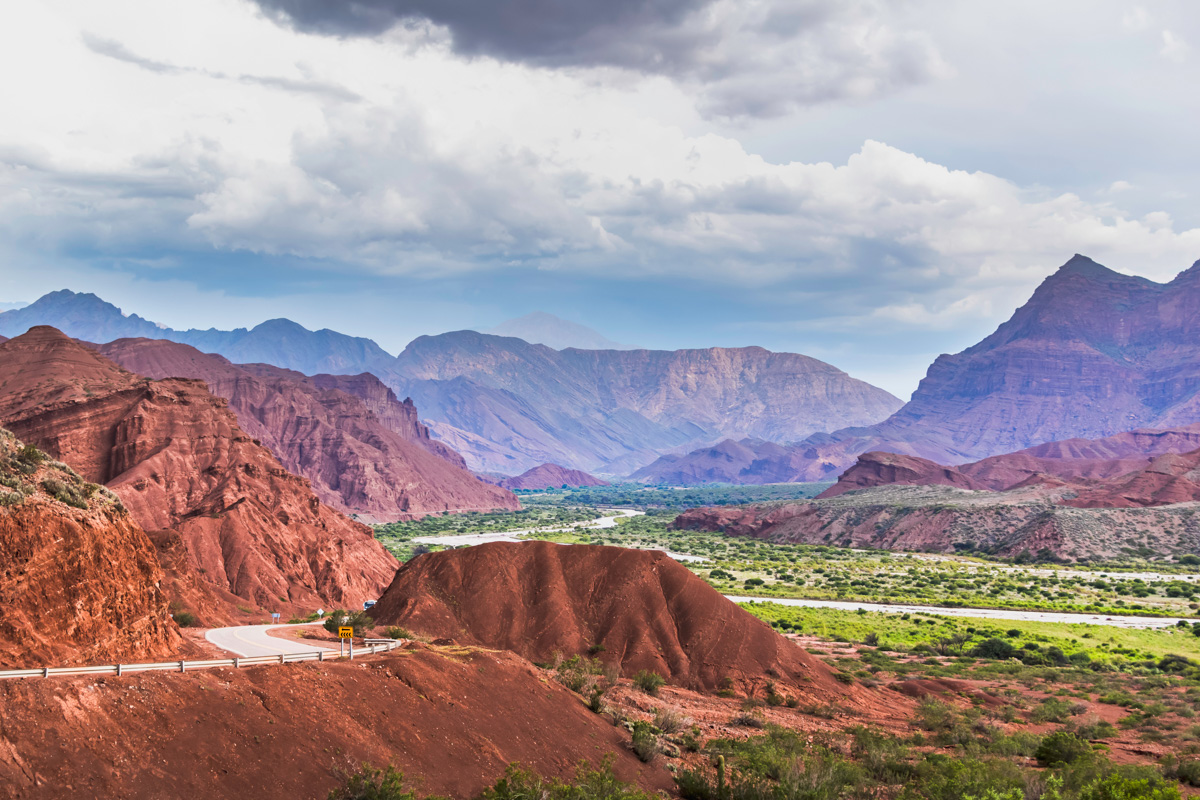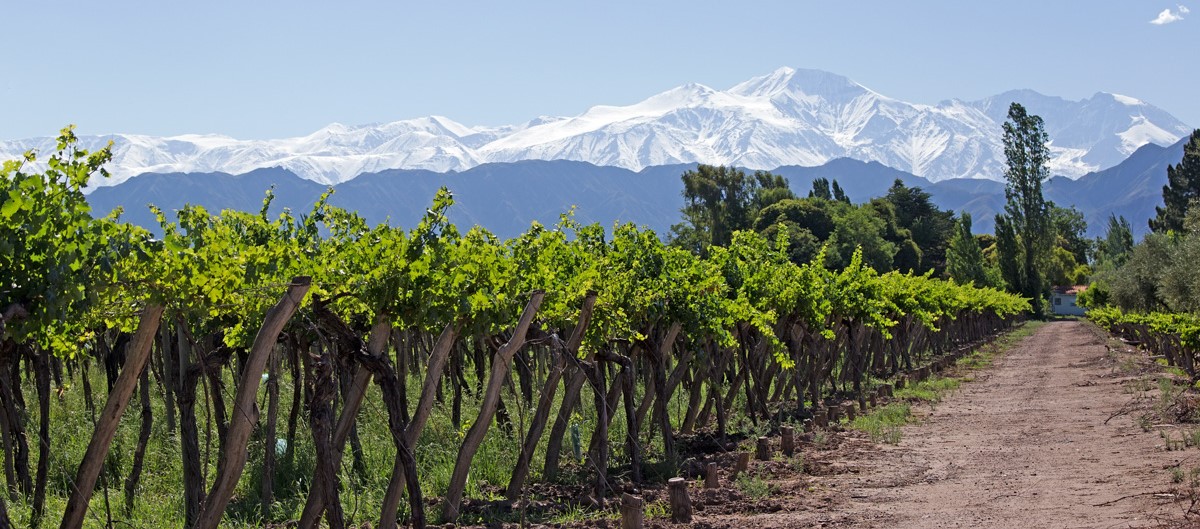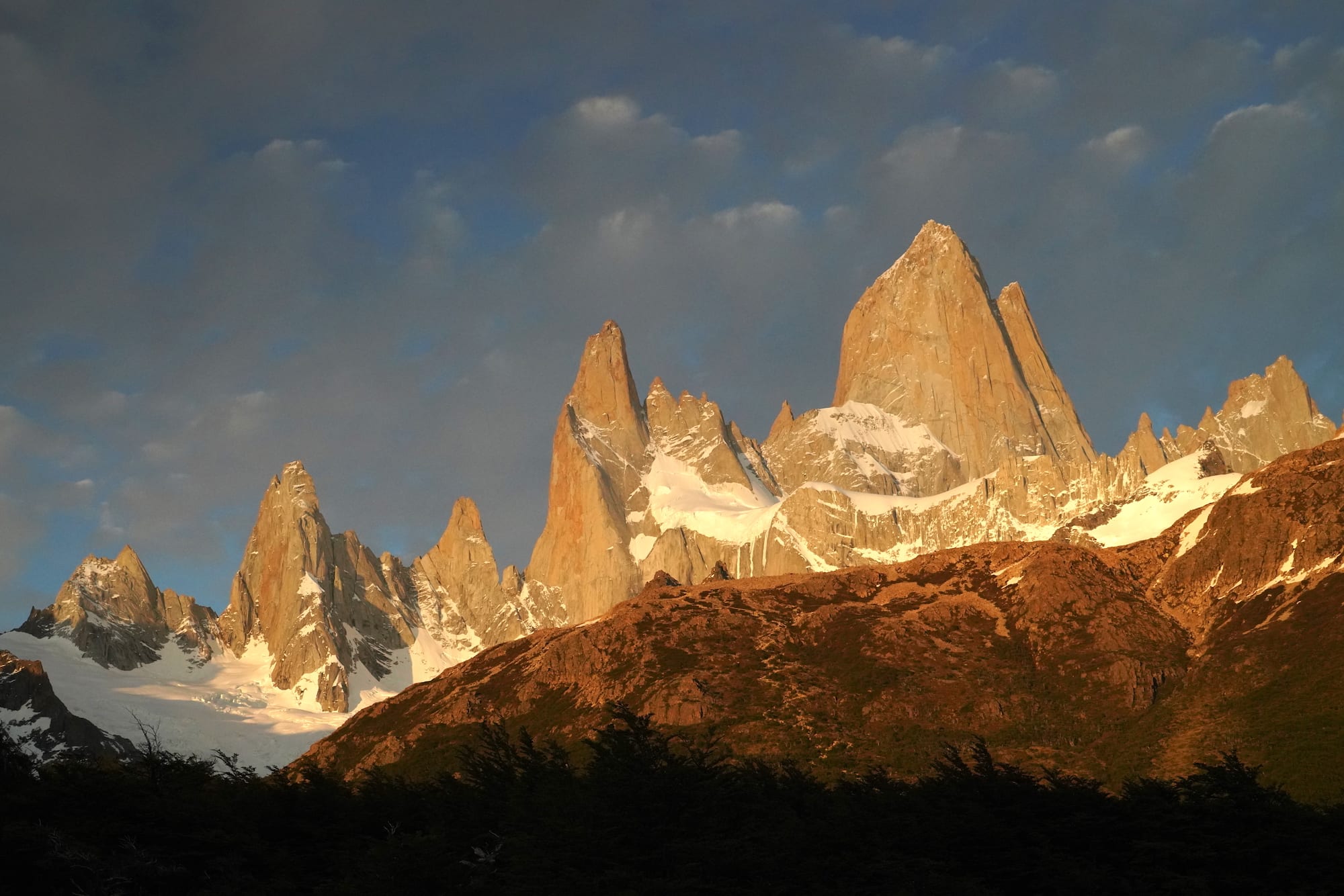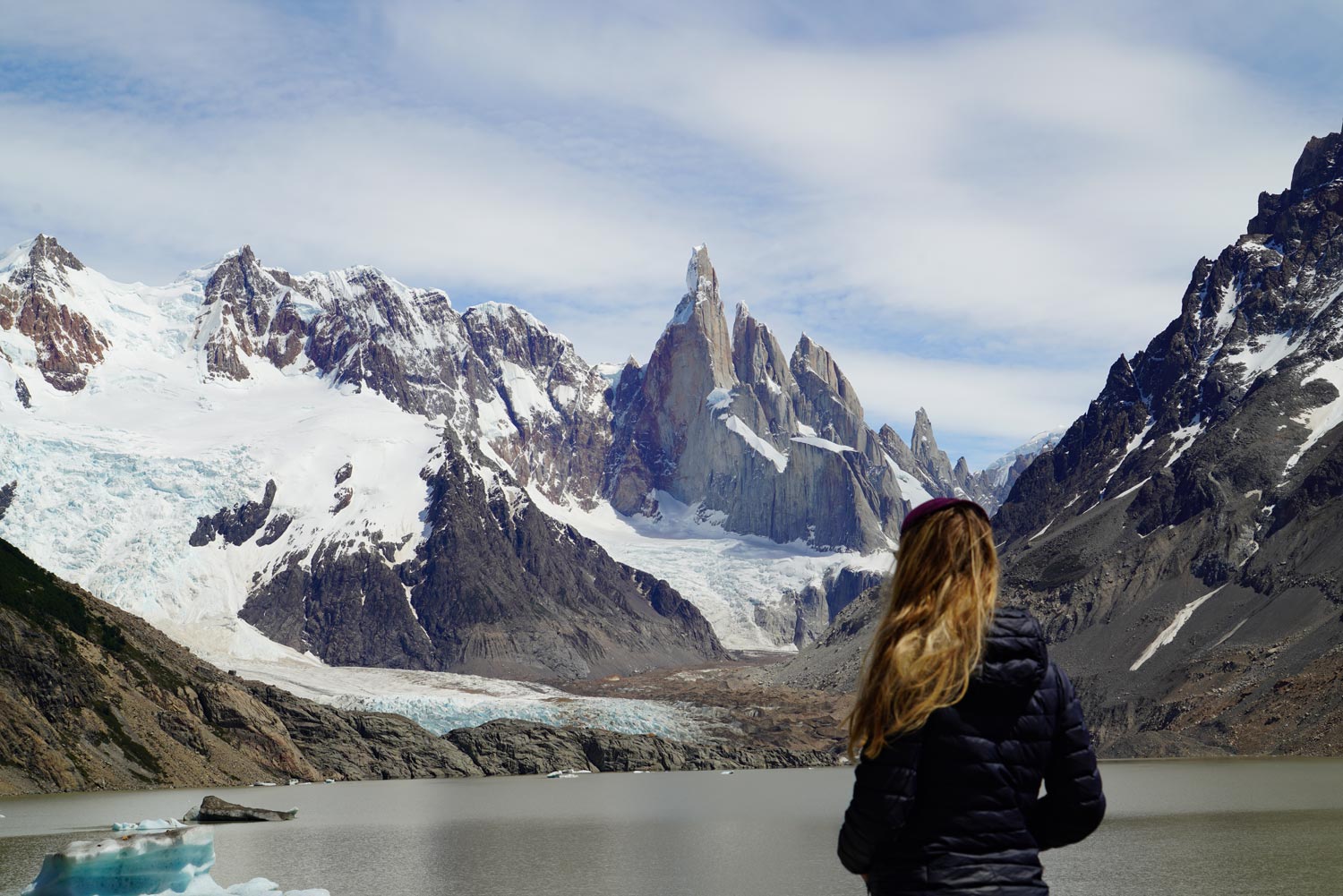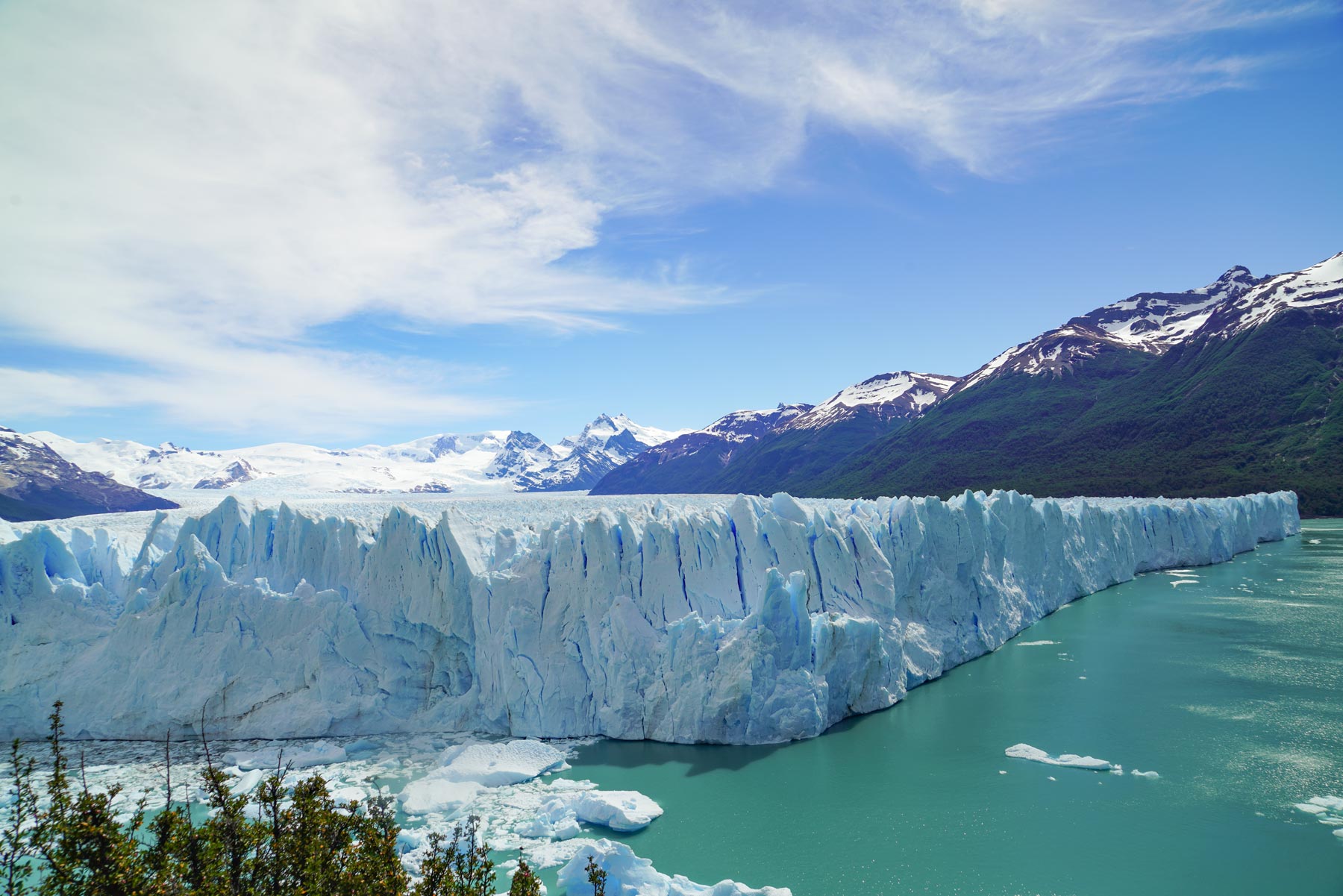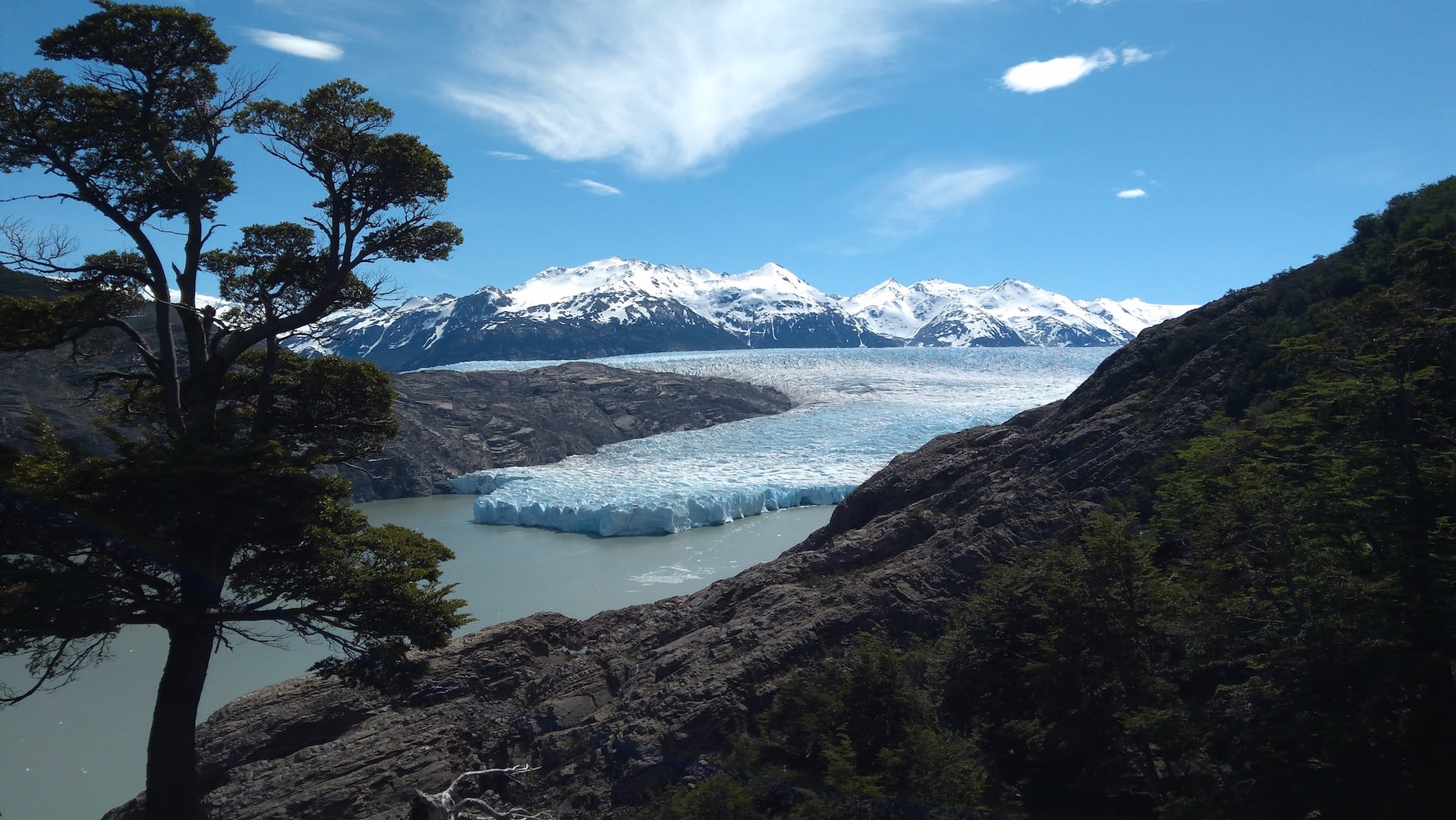Welcome to El Chaltén, a haven of untamed wilderness where asphalt roads give way to the beauty of blue lagoons, towering grey mountains, rolling green hills, and awe-inspiring glaciers. If you seek adventure and crave immersion in nature during your travels, this is the perfect destination for you.
For the seasoned hiker and wilderness enthusiast, we present the ultimate 10-day itinerary to make the most of this extraordinary wilderness. Brace yourself, as this journey is not for the faint of heart, but for those seeking an unparalleled experience.
Day 1 – Arrival in El Chaltén
El Chaltén, a remote town in southern Patagonia, awaits your exploration. Located a few hours’ drive from El Calafate, the nearest airport for those flying in from Buenos Aires, or easily accessible with a direct transfer from Torres del Paine in Chile if you’re on a full Patagonia tour.
Take the afternoon to settle into your hotel and discover the charm of the town. Explore local restaurants, sample brews from the nearby breweries, and recharge before the exciting adventures that lie ahead.
The Huemul Circuit
Embark on the Huemul Circuit, a challenging loop that commences and concludes in El Chaltén, leading you far from the common trails into awe-inspiring landscapes. Along this route, you’ll journey beside glaciers, traverse lakes filled with ice floats, wander through enchanting forests, and marvel at majestic peaks. This circuit, devoid of facilities along the way, is tailor-made for experienced hikers and those who revel in the untamed wilderness. The unfiltered nature of the circuit promises to bestow upon you the staggering beauty of our world, making the challenges worthwhile for the unparalleled rewards it offers.
Day 2 – Laguna Toro

Day 3 – Paso del Viento
Awakening to the breathtaking Patagonian sunrise, with the mountains bathed in an orange glow, is an unforgettable experience—one that sets the tone for an exceptional day.
Your journey kicks off with a dash of adventure. Encounter a formidable river that demands a zipline crossing. With the guidance of your expert, you’ll soar over the rushing waters, feeling the exhilarating wind on your face. The day unfolds with an ascent to Paso del Viento – aptly named The Wind Pass – where the title is no coincidence! At the circuit’s highest point, revel in the magnificent panoramic view of the majestic Patagonian ice field, encompassing the Viedma Glacier and Cerro Mariano Moreno. Conclude the day’s trek with the final stretch to the picturesque lakeside campsite at Paso del Viento.
Day 4 – Lake Viedma
Day four unfolds as a mesmerizing encounter with nature, as you stroll alongside the majestic Viedma Glacier on an extended descent. Throughout this journey, a splendid panorama unfolds, offering continuous views of Lake Viedma and the glacier, culminating at the serene Ice Float Bay. This locale exudes breathtaking tranquility and unparalleled beauty, with gracefully drifting ice floats adorning the water. Savor the view during dinner as you establish your final camp for the night, fully immersed in the pristine surroundings of this remarkable setting.

Day 5 – Homeward Bound!
The concluding day of the circuit presents a gentler path for your journey, leading to a captivating view of Mount Fitz Roy in the distance. The circuit concludes with an exhilarating zipline over the River Tunel to Tunel Bay, where your transportation awaits to whisk you back to El Chaltén.
Savor the afternoon for well-deserved rest and reflection on the formidable challenge you’ve conquered, celebrating your achievement with a hearty Patagonian meal!
Spending free time in El Chalten
El Chaltén is renowned for its exceptional hiking trails, but if you’re seeking a break, a multitude of other thrilling activities awaits. Whether it’s fishing, horseback riding, cultural experiences, rock climbing, or kayaking, take a break from hiking and delve into the diverse array of options this town has to offer. There’s no shortage of exciting adventures to explore beyond the hiking trails.
Day 6 – Lago del Desierto kayak
Give your feet a break today (you’ve earned it!) and exchange the mountain trails for the tranquility of a lake. Venture to the azure waters of Lago del Desierto. This mesmerizing vista is a genuine celebration of the vibrant colors of Patagonia: the grey hues of the Andean peaks, the lush greenery of native lenga trees, the pristine white of hanging glaciers, and the deep blue of the lake. Few experiences rival the serenity of soaking in these magnificent landscapes from the gentle sway of a kayak. Following your paddle, indulge in a self-guided stroll along the lake’s shores or head to the Huemul Glacier to capture some remarkable shots!

Laguna de los Tres and Laguna Torre
The treks to Laguna de los Tres and Laguna Torre are the two classic routes from El Chalten. Their highlights are the iconic Mount Fitz Roy and Mount Torre peaks that dominate the landscape. The majority of visitors choose to do one trek per day, returning to the town for the night. For a more unique experience, join these two together to make a triangular route!

Day 7 – Laguna de los Tres
The treks to Laguna de los Tres and Laguna Torre stand out as the two classic routes from El Chaltén, each showcasing the iconic peaks of Mount Fitz Roy and Mount Torre that command the landscape. Typically, most visitors opt for a single trek per day, returning to the town for the night. However, for a distinctive and more immersive experience, consider combining these two treks to form a triangular route, allowing you to embrace the breathtaking beauty of both iconic peaks in one remarkable journey.

Day 8 – Laguna Torre
This morning, setting the alarm early is a rewarding choice—the sunrise casting red hues upon Fitz Roy creates a mesmerizing view unlike any other. Post-breakfast, our journey continues along the less-traveled path, guiding you past the Madre and Hija lagoons. Revel in the tranquility of this off-the-beaten-path experience, a hidden gem that eludes many visitors to El Chaltén. Eventually, we’ll rejoin the main route in Torre Valley, culminating in the awe-inspiring sight of one of Argentinian Patagonia’s most iconic vistas: Laguna Torre, Cerro Torre, and their glacier. Following lunch in this breathtaking setting, soak in the final views of untouched nature as we trace the Fitz Roy river along the last leg of the triangle, concluding our journey back in Chaltén.

Day 9 – Climbing and Ice Trek
The sensation of standing atop a glacier in one of the world’s most remote locations is truly incredible. While physically demanding, the effort is unquestionably worthwhile!
Embarking on this adventure involves a short drive to Los Huemules reserve, followed by a couple of hours trekking through a charming lenga forest. Upon reaching Diablo Lake, the real excitement begins! Equip yourself with safety gear as you ascend, slide, and maneuver your way to the Cagliero glacier. The mesmerizing blue glow of the ice and its captivating formations create a sight to behold. You’ll have approximately an hour on the glacier to savor the moment, capture incredible photos, and enjoy a meal before retracing your steps, relishing the breathtaking vista and the great outdoors on your journey back.

Day 10 – La Leona Petrified Forest
As your 9-day adventure in the nature of El Chaltén comes to a close, you’ll likely be already planning your return. However, before heading to the airport in El Calafate, make one last stop to marvel at the magic of Patagonia. En route between the two towns, take a pause at the petrified forest of ‘La Leona’ to explore the land of the dinosaurs!
Traveling along Lake Argentino, you’ll reach the historic Hotel La Leona before continuing to a traditional estancia (Patagonian ranch). Stroll through the paleontological site to uncover 70-million-year-old fossilized tree trunks, and keep a keen eye out for dinosaur fossils. From here, proceed to El Calafate for an evening flight or the next leg of your journey. The wonders of Patagonia will linger in your memories as you bid farewell to this extraordinary region.

***
El Chaltén is undeniably an extraordinary corner of the world, offering a myriad of activities to explore, and the itinerary outlined here is just a glimpse of the possibilities. If this resonates with you or if you have any questions, don’t hesitate to reach out to our team. We’re here to assist! Let us tailor your journey to El Chaltén, crafting the trip of your dreams and ensuring it becomes a reality. Your personalized adventure awaits!















